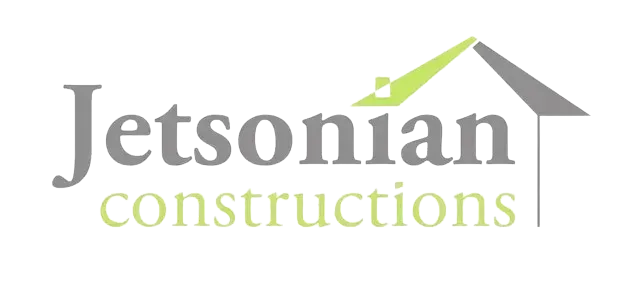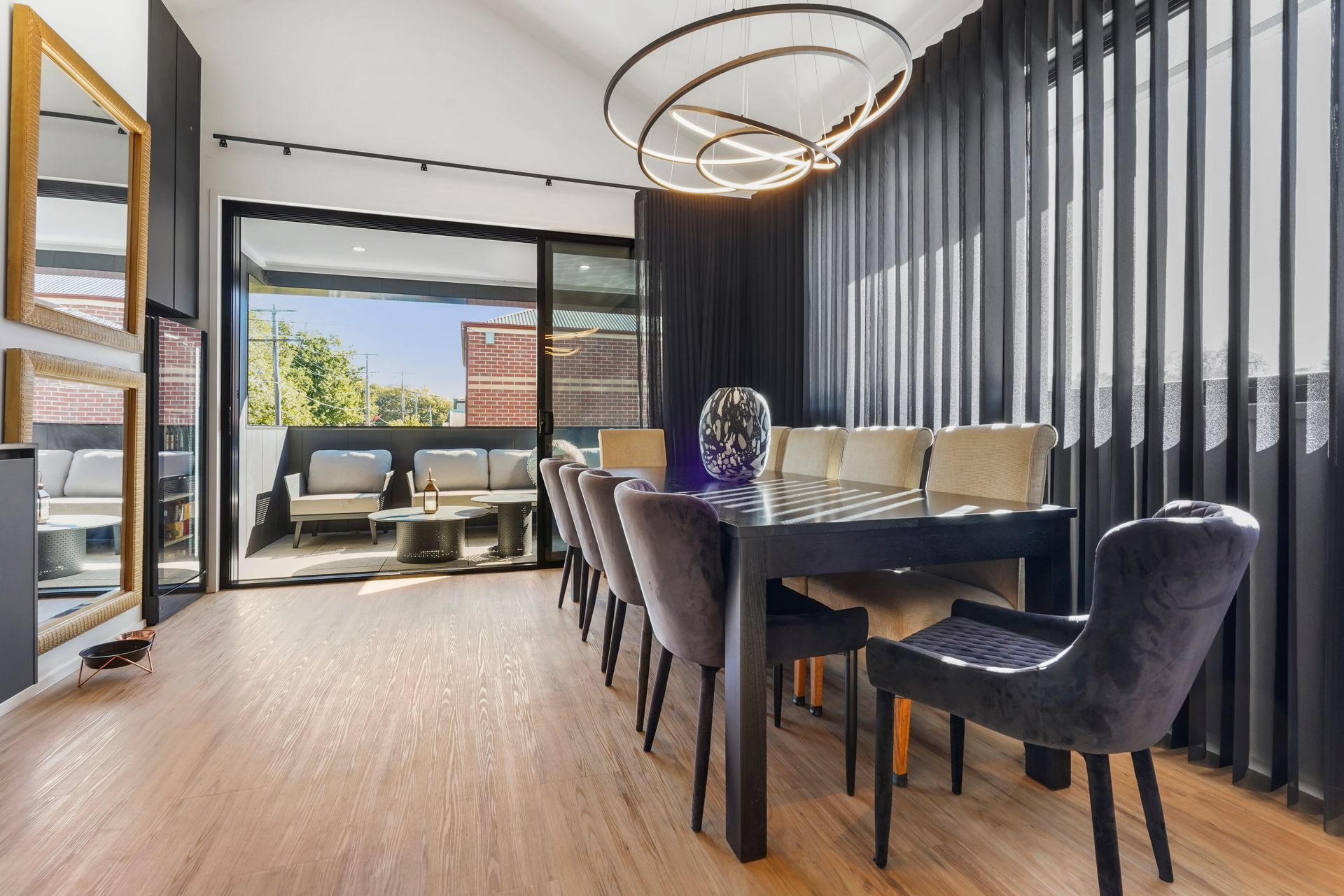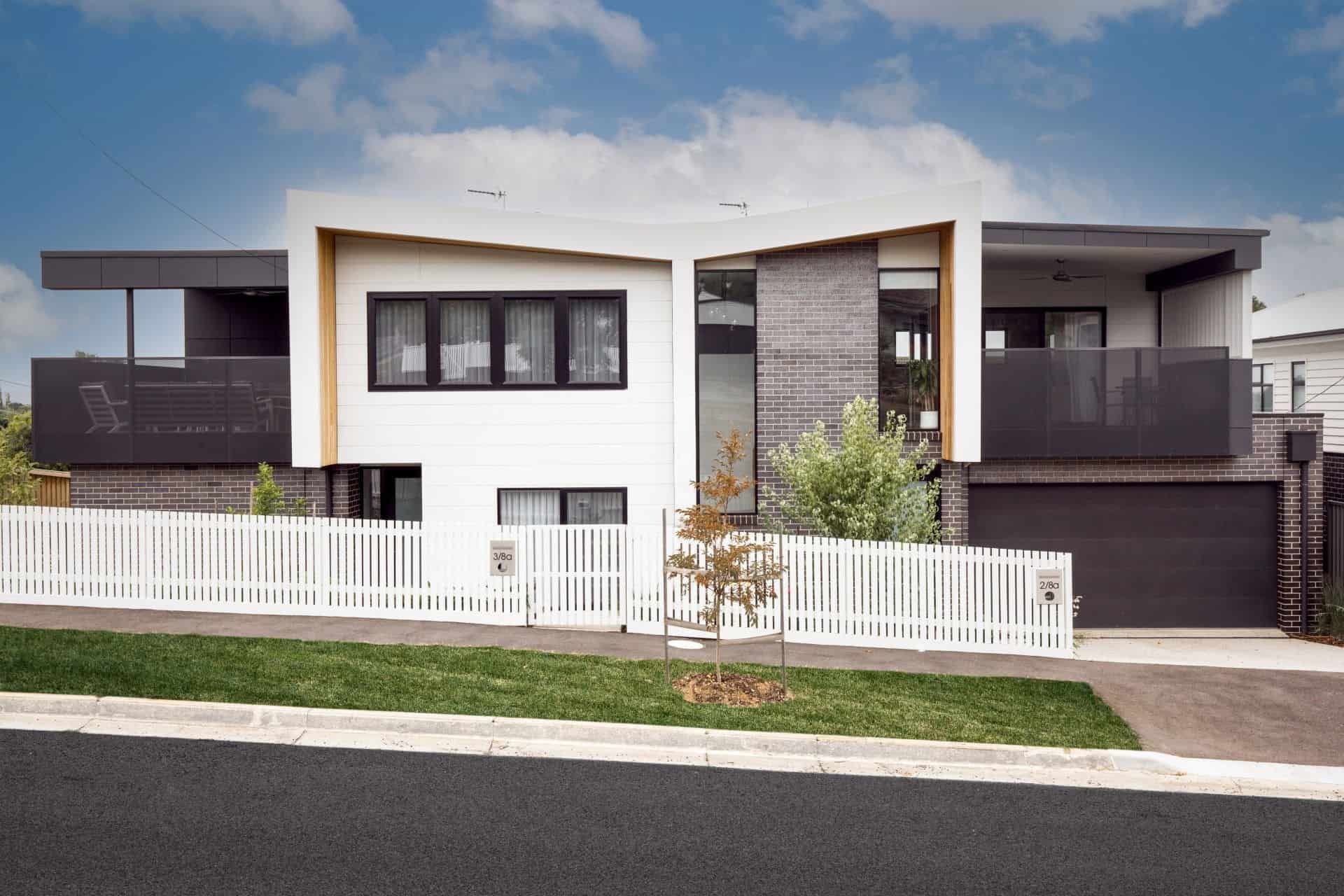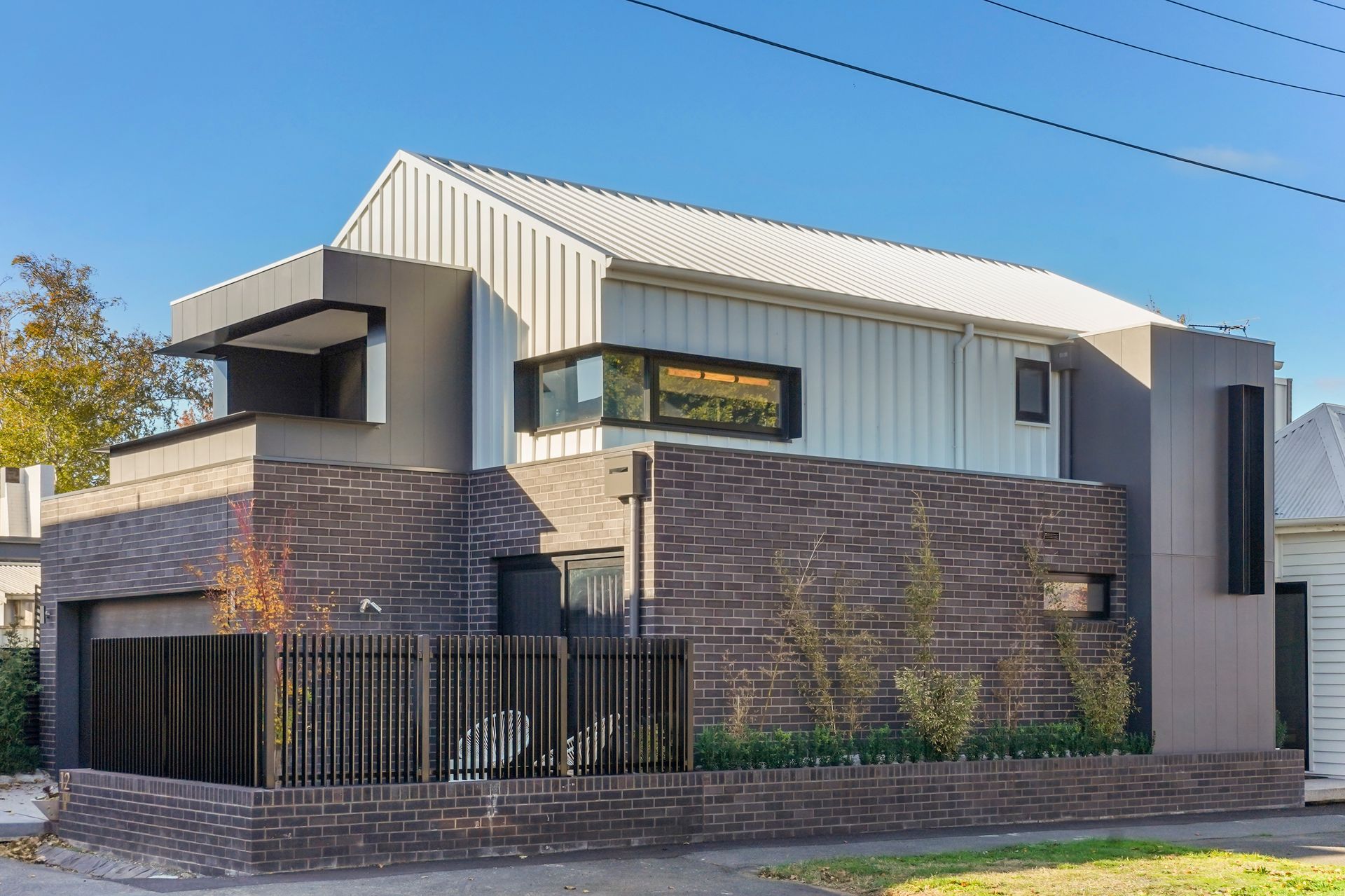Choosing your Style
Why Choosing the Right Home Style Matters
When it comes to building or renovating your home, one of the most important early decisions is choosing the right style of home. This choice impacts more than just street appeal—it influences how your home functions, how it fits into its surroundings, what it will cost to maintain over time, and even how feasible future renovations or extensions will be.
Consider the Setting: Location Drives Design
Where your home is located plays a significant role in what styles will suit best. For example, homes in coastal regions benefit from weather-resistant materials like fibre cement or aluminium cladding that can withstand salt and moisture, paired with open, breezy floor plans that embrace indoor-outdoor living.
In regional or rural settings, homes tend to favour natural materials, larger footprints, and verandahs that offer shade and take in the views. Acreage homes often suit more expansive layouts, such as country or farmhouse-style homes with multiple living zones and wide eaves to handle the elements.
For compact suburban blocks or housing estates, design considerations change. Maximising space becomes essential, and double-storey designs or cleverly designed single-level homes that make full use of the block width are popular. Many newer estates come with design guidelines—including facade styles, colour palettes, fencing regulations, and landscaping requirements—so it’s essential to select a home style that complies with those conditions while still reflecting your personal taste.
Renovating or Extending? Style Still Matters
If you're renovating or planning an extension, choosing a style that complements your existing home and fits within your block’s constraints is critical. A poorly matched extension can not only look disjointed but also affect resale value.
Heritage overlays in inner-city areas or older neighbourhoods can significantly impact what you can and can't do. These overlays are in place to protect the character of a precinct, so you may be limited in what changes you can make to the facade or front setback. Meanwhile, the residential building code may dictate setbacks, building heights, shadowing, and privacy screens—especially in more densely populated areas. All these factors can affect the type and size of any extension or addition you may want to make, so working with a builder who understands these constraints is key.
Form Should Follow Function
Your chosen home style should not only look good but also work well for your lifestyle. If you’re building for a young family, you may want flexible living spaces, a large kitchen hub, and durable materials that can withstand wear and tear. For empty nesters or retirees, you might prioritise single-level living, energy efficiency, and low-maintenance finishes.
Think about how the home will be used: Will you be entertaining regularly? Do you need a home office or guest wing? Will elderly parents be living with you at some stage? All of these questions help inform the best layout and style to suit your needs.
Think Long-Term Maintenance and Liveability
Certain styles come with higher long-term maintenance costs. For instance, timber cladding may offer warmth and character but can require regular upkeep. In contrast, more modern materials like metal or composite cladding provide clean lines with minimal maintenance. It’s also worth thinking about roof styles—flat or low-pitched roofs may suit a modern aesthetic but could pose drainage or insulation challenges depending on your area’s climate.
Designing for the Future
Finally, think ahead. Choose a style that not only suits your current lifestyle but can also evolve with you. Whether that means space for a growing family, accessibility for aging in place, or flexibility for future additions—a thoughtfully selected home style will offer longevity and adaptability.
Need help selecting the right style for your home or project? Whether you're building new, renovating, or extending, we can help guide you through the process with expertise that suits your location, lifestyle, and future plans. Get in touch today to start the conversation.

















